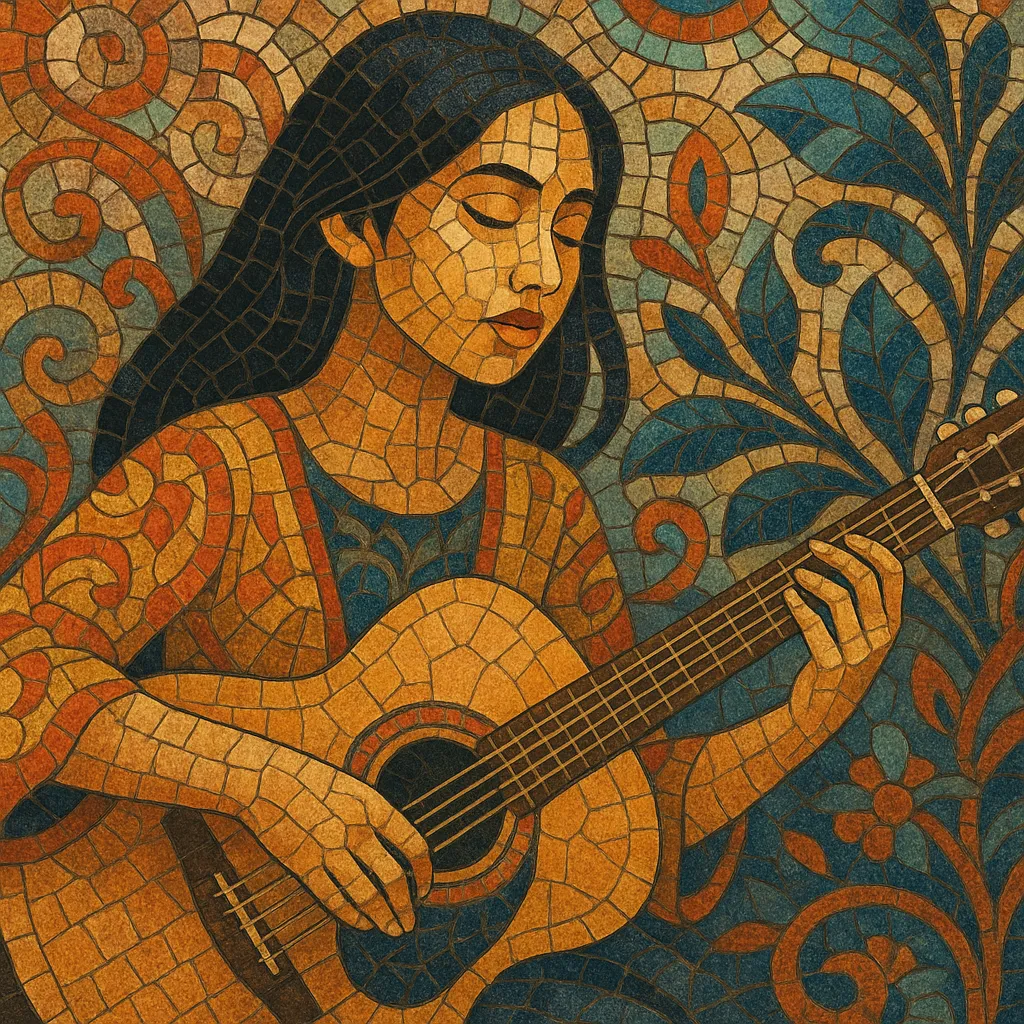Indonesian pop (often called Pop Indo) blends Western pop songwriting with local tastes, producing radio-friendly songs built around memorable hooks, emotive vocals, and polished arrangements.
Stylistically, it favors verse–pre‑chorus–chorus structures, mid‑tempo grooves, and lyrical themes of love, longing, and everyday life, typically sung in Bahasa Indonesia. While rooted in global pop, it often draws color from Indonesian traditions (e.g., keroncong timbres, dangdut phrasing) and, in different eras, from disco, soft rock, R&B, and more recently J‑pop/K‑pop production touches.
The result is a melodic, accessible sound that feels both cosmopolitan and distinctly Indonesian.
Under the late Sukarno era, Western pop and rock were restricted, but groups like Koes Bersaudara (later Koes Plus) quietly popularized modern pop sounds. With policy shifts during the New Order, Western-influenced pop could flourish. By the 1970s, a clearly Indonesian pop identity formed, integrating local melodic sensibilities and the ballad tradition, while early "pop kreatif" experiments mixed pop with Indonesian aesthetics.
The 1980s saw highly produced albums and TV variety shows propel pop into the mainstream. Artists such as Chrisye and Vina Panduwinata defined elegant, soft‑rock and adult contemporary strains, while disco and city‑pop textures colored arrangements. In the 1990s, sweeping ballads and star vocalists (e.g., Nike Ardilla, Rossa, Ruth Sahanaya) cemented Pop Indo as the nation’s dominant commercial sound, even as rock and alternative music grew in parallel.
The 2000s brought a massive band wave—Sheila on 7, Peterpan (later NOAH), Padi, Dewa 19—merging pop melodies with pop‑rock energy. Labels and TV talent shows expanded the star system, while pop borrowed selectively from R&B and electronic production.
Streaming, YouTube, and social media reshaped discovery. A new cohort—Raisa, Tulus, Isyana Sarasvati, Afgan—updated Pop Indo with contemporary R&B, neo‑soul, and K‑pop/J‑pop sheen. Cross‑border circulation with Malaysia, Singapore, and Brunei intensified, while some artists reintroduced local colors (e.g., angklung, suling, or dangdut phrasing) into glossy pop frameworks. In the 2020s, TikTok virality, collaborative writing camps, and globalized production further diversified the sound while maintaining the genre’s core: melody‑first, emotionally direct pop.


